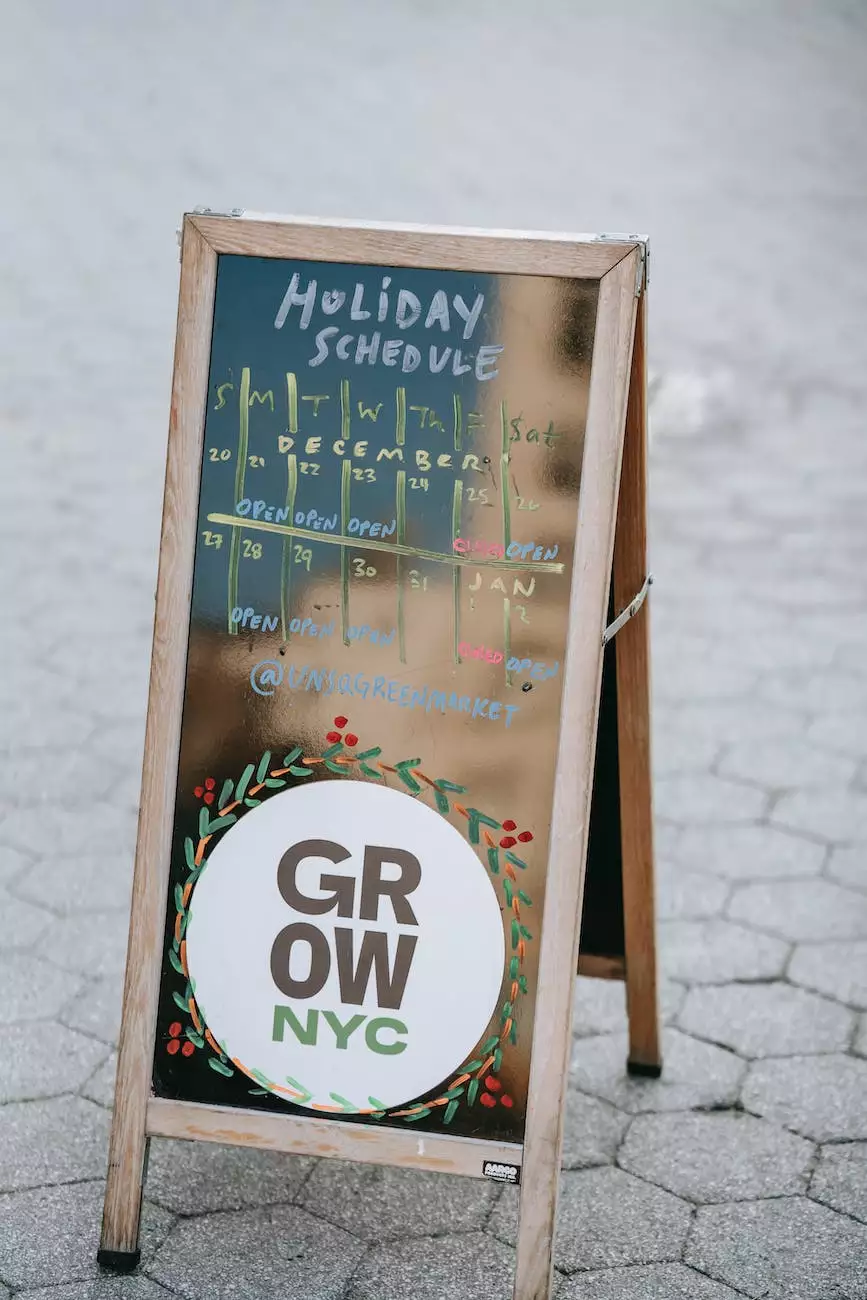Site-wide Footer Links Are Bad for SEO, Do This Instead
Blog
Welcome to the SEO Martian blog!
Introduction
As an expert in the field of SEO services for business and consumer services, it is vital to understand the impact of various SEO strategies. Today, we focus on the potential harm that site-wide footer links can have on your SEO efforts, and provide alternatives that can bring significant positive results.
The Issue with Site-wide Footer Links
Site-wide footer links are a common practice in website design, where a link to a specific page or resource is included in the footer section of all website pages. While it may seem beneficial from a linking perspective, it can actually harm your SEO efforts in multiple ways.
1. Dilution of Link Juice: When search engines crawl your website, they distribute "link juice" from one page to another through internal links. However, if you have site-wide footer links that are present on every page of your site, this distribution can become diluted, causing lower link authority to important pages.
2. Unnatural Link Patterns: Google and other search engines are constantly working to identify and penalize websites that engage in unnatural or spammy link building practices. Site-wide footer links can be perceived as an attempt to manipulate search engine rankings, leading to potential penalties or decreased visibility in search results.
3. User Experience Concerns: Footer sections are typically associated with less important information, such as contact details and copyright information. Placing important links in the footer can confuse visitors and may result in a negative user experience, negatively impacting your website's overall performance.
Optimizing Your SEO Strategy
Now that we understand the downsides of site-wide footer links, let's explore some effective alternatives to improve your website's SEO performance and maintain a positive user experience.
1. Contextual Internal Linking
One powerful strategy is to focus on contextual internal linking. Instead of placing the same link on every page, analyze your content and identify relevant contextual opportunities to include internal links. This ensures that links are meaningful and provide additional value to users while maintaining a natural link profile.
2. Navigation Menus and Breadcrumbs
Utilize your website's navigation menus and breadcrumb trails to highlight important pages. By carefully organizing your navigation structure and implementing breadcrumb trails, you can provide clear pathways for users and search engine crawlers to access important content.
3. SEO-Friendly Footer Design
If you still wish to include some links in the footer section, it is crucial to design it in an SEO-friendly manner. Limit the number of links, prioritize high-value pages, and consider using nofollow attributes to prevent search engines from passing authority or interpreting them as manipulative.
4. Quality Content and Backlink Outreach
Investing in high-quality content creation and backlink outreach can significantly boost your website's SEO performance. By consistently producing valuable and relevant content, you increase the chances of earning authoritative backlinks from reputable websites, enhancing your overall link profile.
Conclusion
While site-wide footer links may seem appealing at first, their potential negative impact on your SEO efforts outweighs the benefits. By implementing alternative strategies such as contextual internal linking, optimizing navigation menus, and investing in quality content and backlink outreach, you can drive targeted organic traffic and boost your website's visibility without risking penalties or diluting your link authority.
For more insights and actionable tips on optimizing your SEO strategy, stay tuned to the SEO Martian blog. We are committed to helping businesses in the realm of SEO services improve their online presence and outrank the competition.










